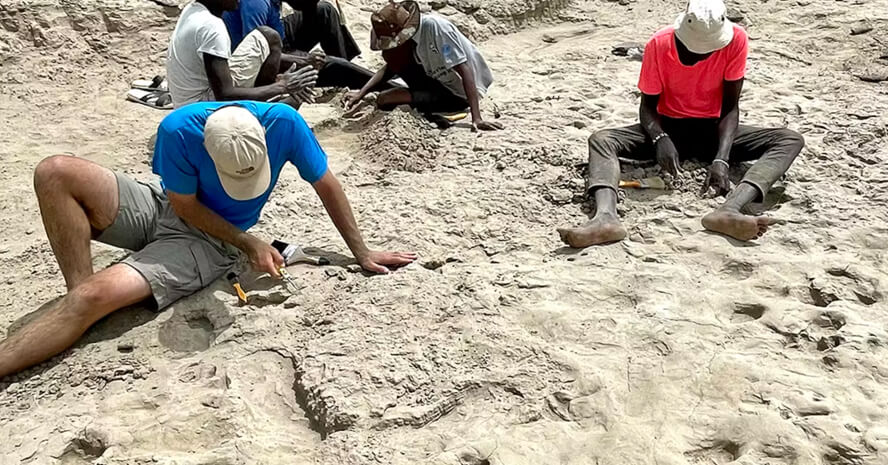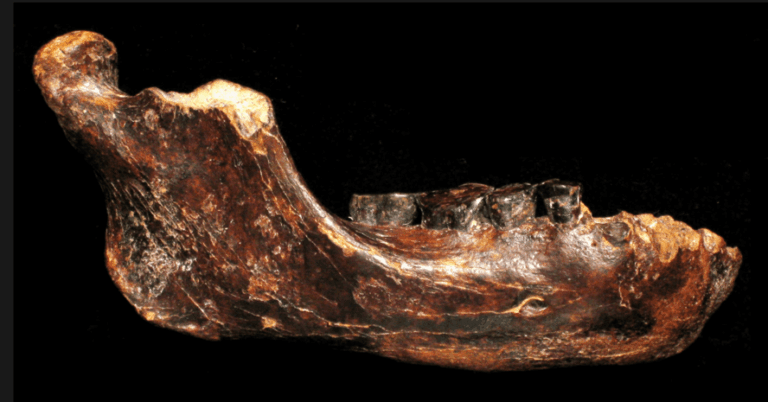Back in 2021, a team of researchers digging around Kenya’s Turkana Basin stumbled onto something wild: a set of fossilized footprints they say are around 1.5 million years old. Scientists from Chatham University in Pennsylvania led the discovery, and ever since, it’s been raising some big questions.
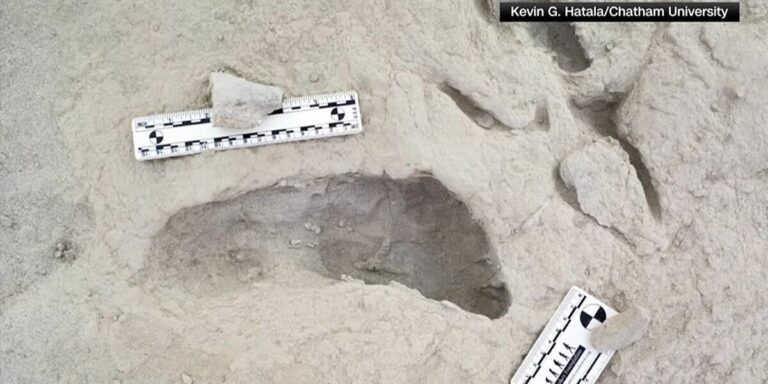
Who Left These Tracks?
The prints were found in an ancient rock bed near Lake Turkana, a hot spot for early human fossils. Dating shows the tracks are crazy old — about 1.5 million years — and that timing lines up with when Homo erectus and Paranthropus boisei were both kicking around East Africa.
Up until now, people only guessed these two species lived together based on bits and pieces of fossil evidence. These footprints, though? They’re some of the best proof yet that they shared the same space at the same time. The research team, which also included scientists from Kenya, Rutgers, and the Smithsonian, published their findings in Science in late 2024.
The prints are surprisingly clear, too. Enough detail that you can picture someone walking across soft ground millions of years ago — and somehow, those steps got frozen in time.
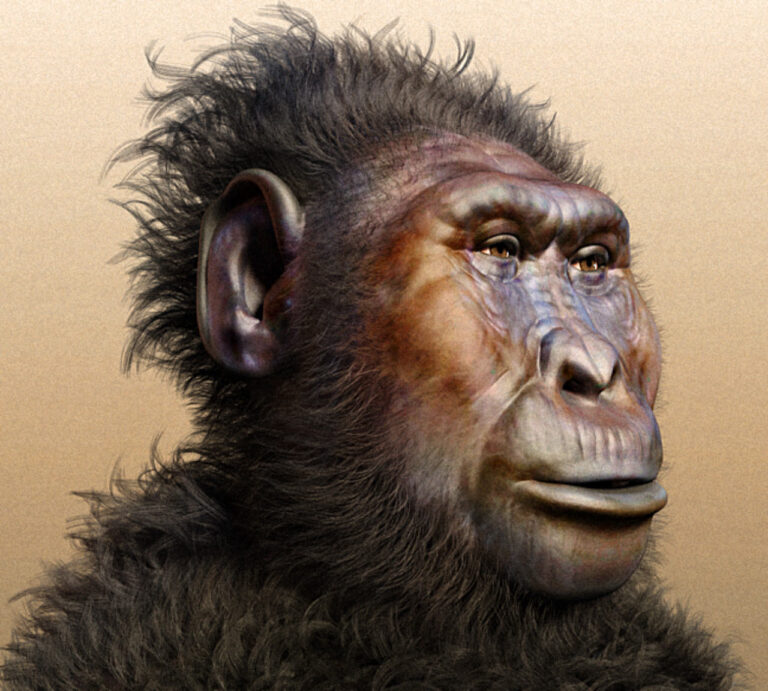
Paranthropus boisei (Credit: Sci.News)
Why It Matters
These footprints aren’t changing the story about when early humans started moving around. Instead, they give us a rare look at how they might have lived. How they traveled. Maybe even how they hunted or gathered food. Every footprint tells a little part of the story.
But, like always, not everyone agrees on what they’re looking at. Some scientists think the tracks could belong to another creature entirely. And there’s always the chance that erosion or natural rock shapes played a trick on the eye.
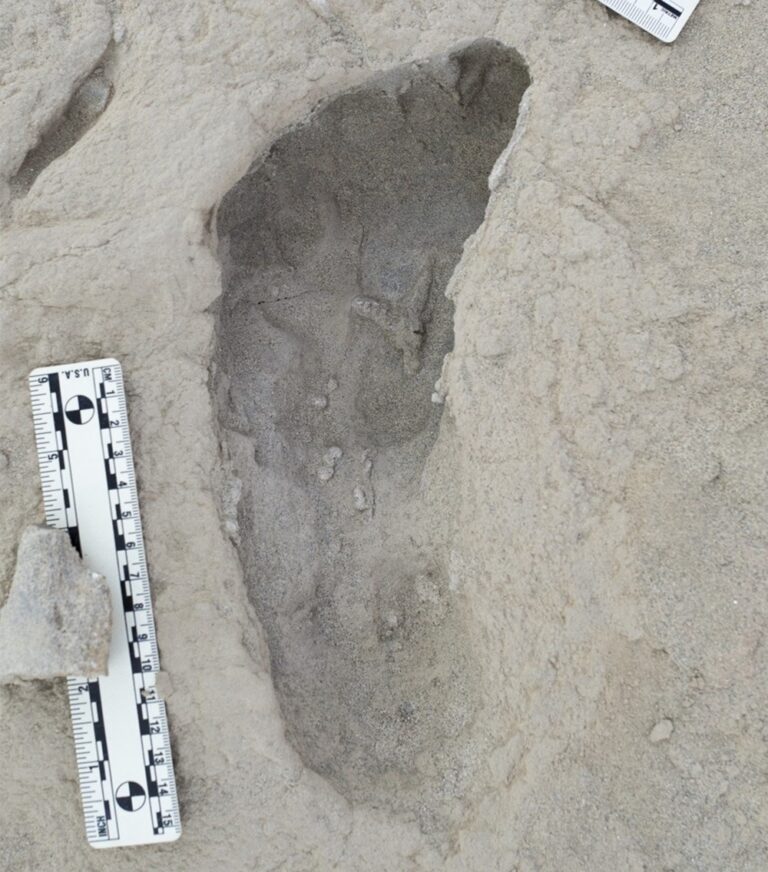
A Window into the Distant Past
Whatever the final call ends up being, finds like this are a big deal. They remind us that there’s still so much we don’t know — and so much more to discover. These footprints are a direct link back to a world that’s long gone, yet somehow, still right beneath our feet.

